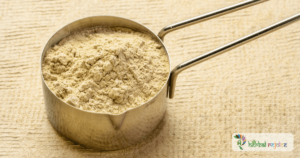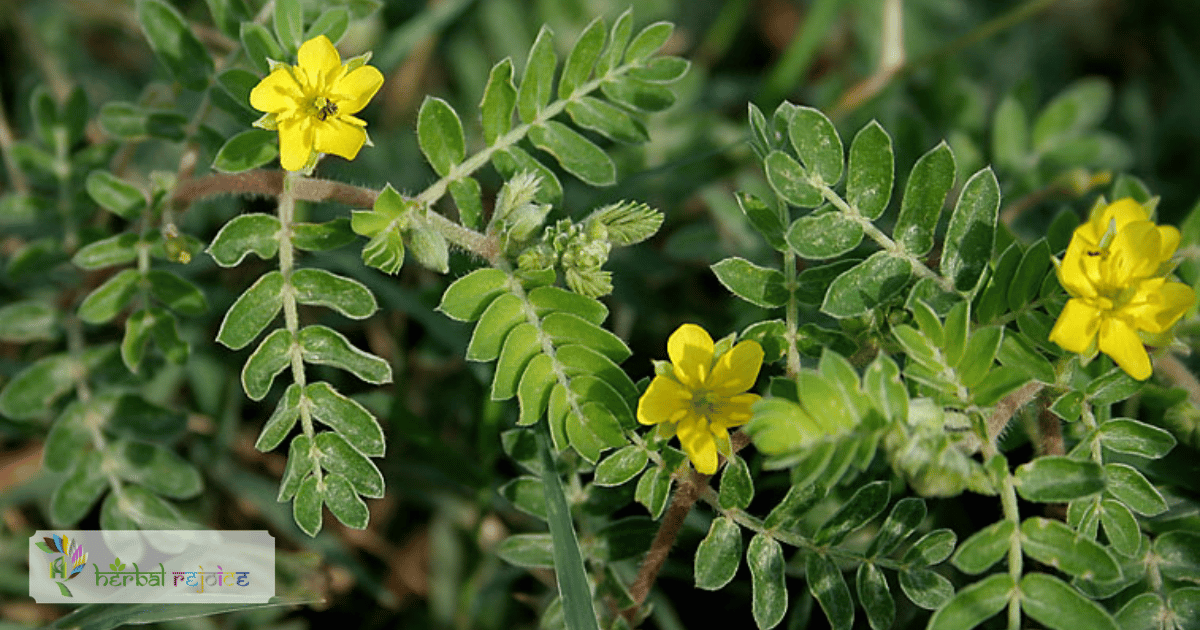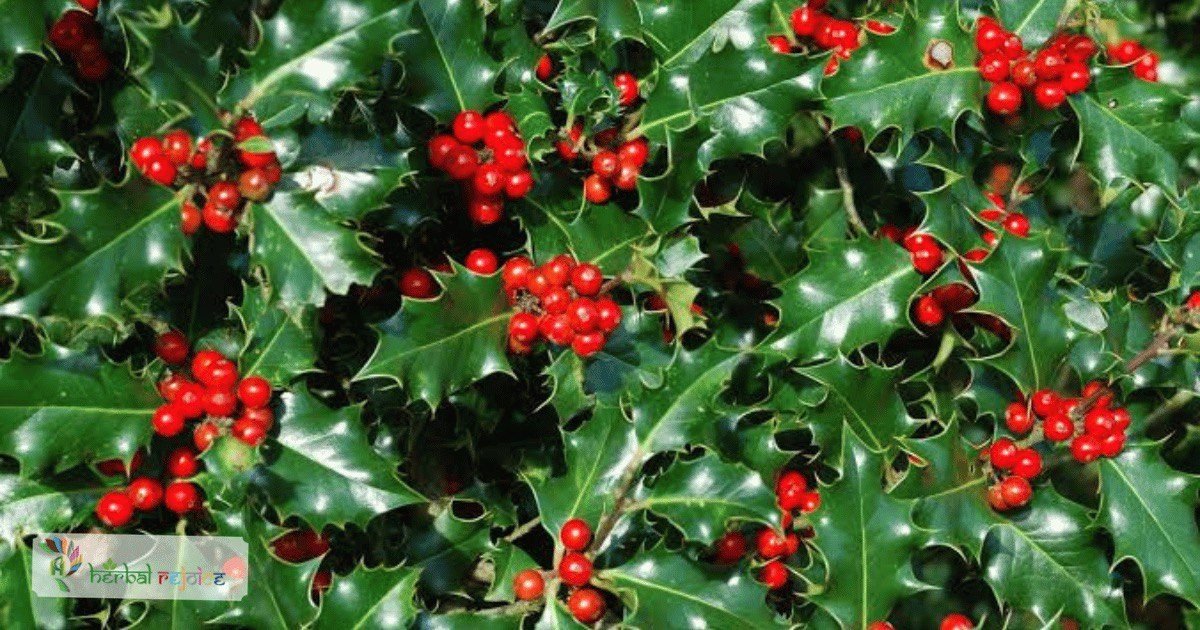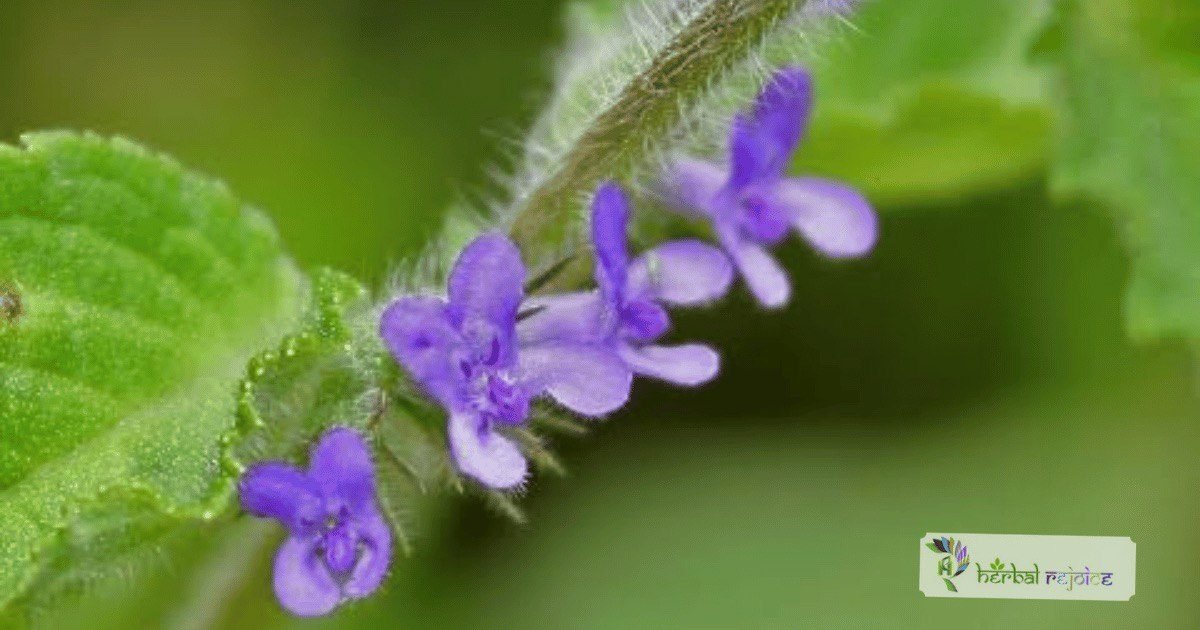Introduction
Gokharu(Tribulus terrestris), commonly known as Land-Caltrops or Puncture Vine, is a plant belonging to the Zygophyllaceae family.
They are used to treat strangury, calculus infections, urolithiasis, crystalluria, urinary discharges, pruritis, and as a tonic for sexual inadequacy.
Additionally, they are used as a supporting medicine for cough and asthma. The leaves have diuretic and haemostatic properties, while the roots are stomachic and diuretic.
Gokharu – The Sex Tonic

Names and Habitat
It can be found throughout India, even in high altitudes up to 5,400 meters.
In Ayurveda, it is known by various names such as Gokshura, Gokshuraka, Kshudra Gokharu, Shvadamshtraa, Swaadu-kantaka, Trikanta, and Trikantaka.
However, it should be noted that the larger variety of Tribulus terrestris is often confused with Pedaliummurex Linn.
The fruits of both varieties are conical and have four spines, contrary to the synonym meanings of “Trikantaka” which denote three spines.
Therefore, it has been suggested that Acanthospermum hispidum DC. and Martynia annua Linn. may actually be the true sources of Trikantaka.
In Unani medicine, Tribulus terrestris is known as Khaar-e-Khasak Khurd, while in Siddha medicine, it is called Sirunenunji or Nerinjil.
Traditional Uses Of Gokharu
This plant has various medicinal properties. The fruits of Tribulus terrestris are diuretic, demulcent, anti-inflammatory, anabolic, spasmolytic, muscle relaxant, hypotensive, and hypoglycemic.
They are used to treat strangury, calculus infections, urolithiasis, crystalluria, urinary discharges, pruritis, and as a tonic for sexual inadequacy.
Additionally, they are used as a supporting medicine for cough and asthma.
The leaves have diuretic and haemostatic properties, while the roots are stomachic and diuretic.
Aside from these applications, the root and fruit of Tribulus terrestris have also been attributed with cardiotonic properties according to the Ayurvedic Pharmacopoeia of India.
Chemical Constituents of Gokharu
Chemical analysis of Tribulus terrestris has revealed the presence of saponins, which hydrolyze to yield sapogenins such as diosgenin, gitogenin, chlorogenin, ruscogenin, and 25D-spirosta-3, 5-diene.
Flavonoids like rutin, quercetin, kaempferol, kaempferol-3-glucoside, and rutinoside, as well as tribuloside, have been isolated from the leaves and fruits. The seeds contain carboline alkaloids, namely harmane and harmine, and the herb also contains harmol.
Additionally, an unidentified saponin has been reported to effectively treat angina pectoris in individuals with coronary heart disease, based on 406 treated cases.
More About Gokharu
Numerous experimental studies have confirmed the diuretic effects of Tribulus terrestris, which have been found to be more potent than furosemide.
Furthermore, it has demonstrated proerectile aphrodisiac, hypotensive, hypolipidaemic, and hypoglycaemic activities, with hypoglycemia observed in diabetic mice at percentages ranging from 40% to 67%.
Dosage Of Gokharu
For medicinal use, the recommended dosage of Tribulus terrestris fruit is 3-6 grams of powder.
Conclusion
In conclusion, Tribulus terrestris, commonly known as Land-Caltrops or Puncture Vine, is a medicinal plant that offers various health benefits.
It is widely used in Ayurveda, Unani, and Siddha medicine to treat urinary and sexual disorders, among other conditions.
Chemical analysis has revealed the presence of saponins, flavonoids, and carboline alkaloids in different parts of the plant, contributing to its therapeutic properties.
Further research is needed to explore the full potential of Tribulus terrestris in modern medicine.
Frequently Asked Questions(FAQs)
What is Tribulus terrestris?
Tribulus terrestris, also known as Land-Caltrops or Puncture Vine, is a plant that belongs to the Zygophyllaceae family. It is found throughout India, even in high altitudes.
What are the various names for Tribulus terrestris in Ayurveda?
In Ayurveda, Tribulus terrestris is known by various names such as Gokshura, Gokshuraka, Kshudra Gokharu, Shvadamshtraa, Swaadu-kantaka, Trikanta, and Trikantaka.
What is the difference between Tribulus terrestris and Pedalium murex Linn?
The larger variety of Tribulus terrestris is often confused with Pedalium murex Linn. The fruits of both varieties have four spines, contrary to the synonym meanings of “Trikantaka” which denotes three spines.
What are the medicinal properties of Tribulus terrestris?
Tribulus terrestris has various medicinal properties including being diuretic, demulcent, anti-inflammatory, anabolic, spasmolytic, muscle relaxant, hypotensive, and hypoglycemic.
What are the uses of Tribulus terrestris?
Tribulus terrestris is used to treat strangury, calculus affections, urolithiasis, crystalluria, urinary discharges, pruritis, and as a tonic for sexual inadequacy. It is also used as a supporting medicine for cough and asthma.
What are the properties of the leaves of Tribulus terrestris?
The leaves of Tribulus terrestris have diuretic and haemostatic properties.
What are the properties of the roots of Tribulus terrestris?
The roots of Tribulus terrestris are stomachic and diuretic.
What are the cardiotonic properties of Tribulus terrestris?
According to the Ayurvedic Pharmacopoeia of India, the root and fruit of Tribulus terrestris have cardiotonic properties.
What chemical compounds are found in Tribulus terrestris?
Chemical analysis of Tribulus terrestris has revealed the presence of saponins, flavonoids, and carboline alkaloids.
What are the saponins found in Tribulus terrestris?
The saponins found in Tribulus terrestris hydrolyze to yield sapogenins such as diosgenin, gitogenin, chlorogenin, ruscogenin, and 25D-spirosta-3, 5-diene.
What flavonoids are isolated from the leaves and fruits of Tribulus terrestris?
Flavonoids such as rutin, quercetin, kaempferol, kaempferol-3-glucoside, and rutinoside have been isolated from the leaves and fruits of Tribulus terrestris.
What carboline alkaloids are found in the seeds of Tribulus terrestris?
The seeds of Tribulus terrestris contain carboline alkaloids, namely harmane and harmine.
What other chemical compound is found in Tribulus terrestris?
Tribulus terrestris also contains harmol, along with its other chemical constituents.
How has Tribulus terrestris been used in the treatment of angina pectoris?
An unidentified saponin found in Tribulus terrestris has been reported to effectively treat angina pectoris in individuals with coronary heart disease, based on 406 treated cases.
What have experimental studies shown about the diuretic effects of Tribulus terrestris?
Numerous experimental studies have confirmed the diuretic effects of Tribulus terrestris, which have been found to be more potent than furosemide.
What other activities have been observed in Tribulus terrestris?
Tribulus terrestris has demonstrated proerectile aphrodisiac, hypotensive, hypolipidaemic, and hypoglycaemic activities.
Can Tribulus terrestris be used to treat diabetes?
Hypoglycemia has been observed in diabetic mice at percentages ranging from 40%





